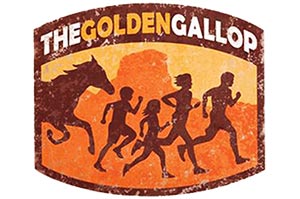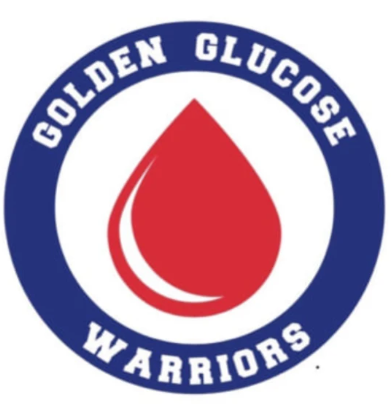 GCF
GCF golden
golden goldengallop
goldengallop golden chamber
golden chamber Applewood business association
Applewood business association summer jam
summer jam Foothills Animal Shelter
Foothills Animal Shelter IRESQ
IRESQ Girl Scouts
Girl Scouts Jefferson Center for Mental Health
Jefferson Center for Mental Health Golden Glucose Warriors
Golden Glucose Warriors Golden Demon Baseball
Golden Demon Baseball
Let’s make the pets in Golden and North Jeffco the healthiest dogs and cats in the state! Is everybody ready? Let’s go! ….wait, why are you not following me? Oh I get it… You are asking “how do I know?”
Fair enough. Let’s tackle each of these questions one at a time. I often get asked, what is the best food? The pet food business is saturated with foods that make all sorts of claims. Almost all food companies do a very good job of marketing. They may tell you that their food is natural. Or, they use organic ingredients. Or, they feed them like their wild canine counterparts.
One way to find out if the food meets nutritional requirements is to look for the AAFCO statement on the bag. If there is not a statement, then I would want to call the company to get further details. There is a good reason to feed puppy foods to puppies and senior diets to older cats. Also, there may be a therapeutic reason to feed a food formulated for skin conditions if your dog or cat has allergies.
The amount you feed will be determined by two primary factors. What is the current body condition of your pet and what is the calorie content per cup? The body condition can be determined by a simple exam of your pet. Feel the ribs, the spine, and look for an abdominal tuck. The hand trick is a simple tool to gain some understanding of how thin or overweight you pet is. Make a fist and feel the knuckles on the back of your hand. If your pet’s ribs feel like that, s/he is too skinny. Flatten you hand and feel the back knuckles. If your pet’s ribs feel like this, s/he is just right. S/he is likely over weight if her rib cage feels like the palm of your hand. Simply stated, a perfect body condition will translate to a perfect weight.
If your pet’s weight is not perfect. It is imperative that we look at his or her calorie consumption. It is easier to control calories in dogs and cats than it is in humans. Many foods will tell you how many calories are in a cup. You can work with your veterinarian to determine how many calories your pet needs. Since we control the amount of food that is placed in a bowl, we can control the number of calories that our pets consume.
Don’t forget the treats! These can contribute a lot to the daily calorie intake. Since dogs are omnivores, vegetables and fruits like carrots and apple slices are great choices. Cats are carnivores who should eat a primarily meat base diet. Watch out for some store bought treats that can be packed with sodium. One of my new favorite treats is from the Smart Cookie Barkery (smartcookietreats.com). I like them because they are a small business based in Denver. They list the calories per treat and they list the ingredients on the packet. Plus, my dog loves them!
Bottom line, we need to watch what our pets eat. Let’s make sure that their main meals are nutritionally balanced. Their calorie intake (meals + treats) and body condition should be monitored. At Golden Paws Animal Hospital, we are happy to assist in your goal (and mine) to make your pet as healthy as can be.